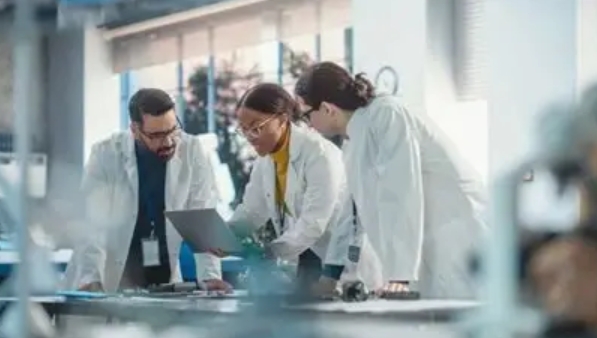
US-headquartered Waters Corporation has announced the launch of thermogravimetric analyser (TGA) Smart-Seal Pans from its TA Instruments Division. The innovative, self-opening sample container is designed to enable analysis of atmosphere-sensitive samples in laboratory benchtop-installed Discovery Series Thermogravimetric Analysers.
Designed to be user-friendly, the TGA Smart-Seal Pans allow air-sensitive materials to be prepared, loaded, and sealed in a completely airtight environment. The self-opening pan uses a proprietary temperature-sensitive shape memory alloy configuration to open the sealed pan at around 55°C. This opening occurs automatically without user interaction in the closed TGA to help ensure samples are never exposed to ambient conditions. TGA Smart-Seal Pans can also reduce operating expenses and workflow bottlenecks by enabling preparation of multiple humidity and/or air-sensitive samples at one time.
"Whether they are developing next generation batteries, advanced polymers, or new medicines, many of our customers have a critical and growing need to analyze air-sensitive samples with speed and accuracy," said Yu Cheng, vice president of Research and Development and Product Solutions, TA Instruments Division of Waters Corporation. "Until now, operating TGAs inside atmosphere-controlled gloveboxes has been the primary option – driving up costs and increasing complexity. With TGA Smart-Seal Pans, we're introducing a groundbreaking solution that delivers reliable, accurate TGA data at a lower cost within a traditional laboratory environment."
Analysis of air- and humidity-sensitive materials typically requires installation of a TGA device inside an atmosphere-controlled environment. Laboratory gloveboxes can double the cost of a TGA setup and increase maintenance costs. Waters TGA Smart-Seal Pans offer accurate and precise thermogravimetric analysis of atmosphere-sensitive samples without requiring the TGA to be installed in the glove box. By eliminating the glovebox, customers can save lab space and support twice as many TGA instruments for nearly the same price and achieve higher throughput.




